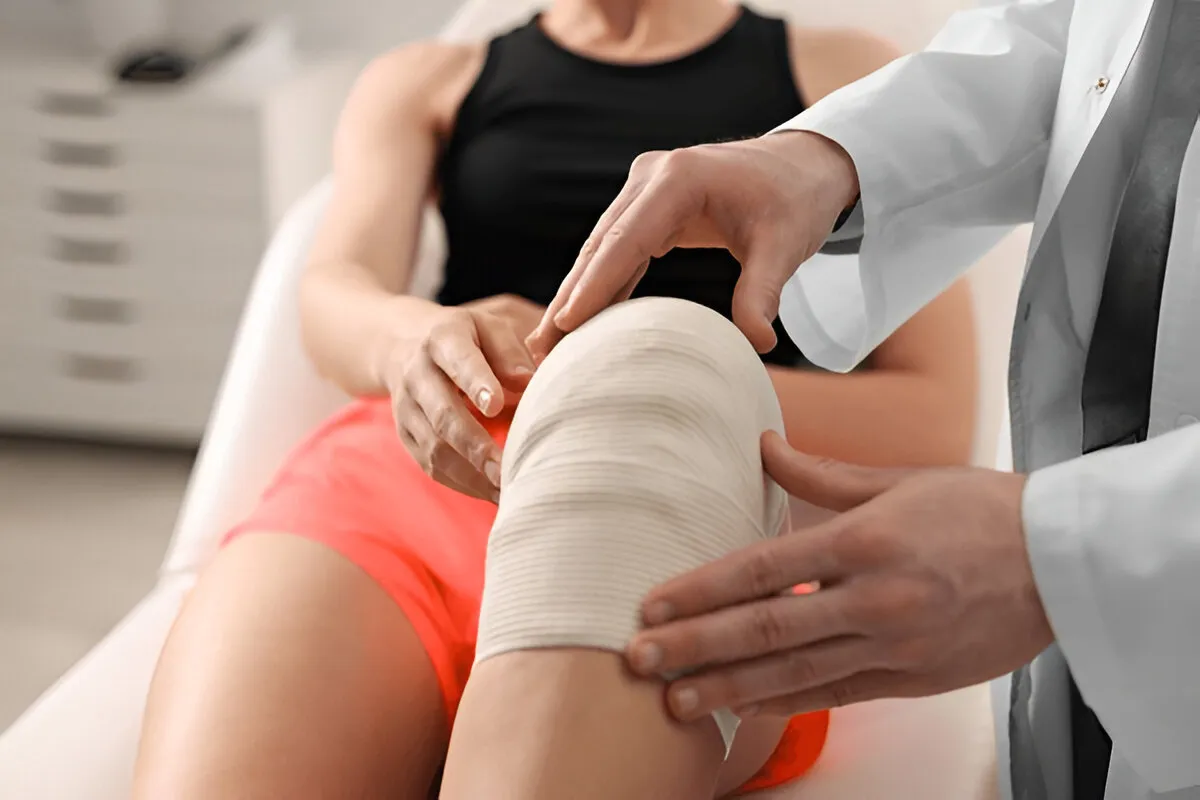
Recovering from knee replacement surgery can be tough, but the right physiotherapy plan can help. With proper exercises and guidance, you can get back to your daily activities. This guide covers everything you need to know about physiotherapy after knee replacement.
By reading this post, you will learn:
- How physiotherapy aids in recovery after knee replacement
- The different stages of rehabilitation and what to expect
- Key exercises and techniques to improve strength and mobility
- Practical tips for a smooth and effective recovery
Ready to take the first step toward a successful recovery? Let’s dive in!
Understanding Knee Replacement Surgery
What is Knee Replacement?
Knee replacement, also known as knee arthroplasty, is a surgical procedure where a damaged or worn-out knee joint is replaced with an artificial implant. The surgery can be either total or partial, depending on the extent of the damage. It is commonly performed to relieve pain and improve movement in people with osteoarthritis, rheumatoid arthritis, or knee injuries.
What to Expect After Surgery?
After knee replacement surgery, patients experience pain, swelling, and stiffness. Mobility is initially limited, and walking may require assistance. The first few weeks are crucial for recovery. Physiotherapy starts right away to prevent issues like blood clots, weak muscles, and stiff joints.
Role of Physiotherapy in Recovery
Why is Physiotherapy Essential?
Physiotherapy helps patients regain knee function, improve strength, and restore normal movement. It helps reduce pain, prevent stiffness, and ensure the new knee works properly. Without physiotherapy, recovery may be slow, making long-term mobility difficult.
Stages of Physiotherapy After Knee Replacement
1. Immediate Post-Surgery (0-2 Weeks)
- Pain management with ice therapy, elevation, and prescribed medications
- Gentle range-of-motion exercises to prevent stiffness
- Walking with assistance (walker or crutches)
- Breathing exercises to prevent lung complications
2. Early Recovery Phase (2-6 Weeks)
- Walking with less assistance as strength improves
- Strengthening exercises for the quadriceps and hamstrings
- Simple balance and coordination activities
- Gradual increase in range-of-motion exercises
3. Intermediate Phase (6-12 Weeks)
- Advanced strengthening exercises, including resistance bands
- Focus on knee flexibility and endurance
- Functional movements such as climbing stairs and standing for longer periods
4. Long-Term Rehabilitation (3-6 Months and Beyond)
- Return to normal activities like walking long distances or light jogging
- Sports and recreational activities if approved by the doctor
- Continued strength training to maintain knee health
Key Physiotherapy Techniques Used in Recovery
Range of Motion Exercises
These exercises help improve flexibility and prevent stiffness. Patients practice knee bending and straightening exercises to regain full movement.
Strengthening Exercises
Strengthening the muscles around the knee, such as the quadriceps and hamstrings, provides better joint support and prevents future injuries.
Balance and Stability Training
Balance exercises improve coordination and stability, reducing the risk of falls. These may include weight-shifting movements or standing on one leg.
Gait Training and Walking Aids
Physiotherapists help patients walk properly using crutches or a walker and guide them toward walking independently without help.
Pain Management Techniques
- Ice packs to reduce swelling
- Heat therapy for muscle relaxation
- Soft tissue massage to relieve stiffness
- Electrical stimulation therapy for pain relief
Tips for a Successful Rehabilitation
- Stay consistent with physiotherapy exercises
- Follow a balanced diet rich in protein, vitamins, and minerals
- Avoid sitting or lying down for long periods—stay as active as possible
- Listen to your body and rest when needed
- Seek medical attention if you experience severe swelling, pain, or redness
Conclusion
Physiotherapy is an essential part of recovering after knee replacement surgery. With proper rehabilitation, patients can regain mobility, reduce pain, and return to their daily activities with confidence.
Following a structured physiotherapy plan and staying committed to exercises can lead to a successful recovery. If you’re having knee replacement surgery, prioritize physiotherapy and work closely with your healthcare team for the best results.
Visit Physioveda Medical Center in Jumeirah and Al Karama for expert physiotherapy care.
